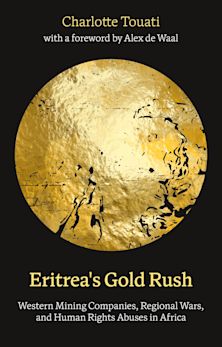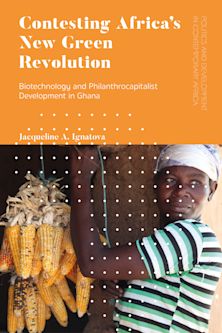- Home
- ACADEMIC
- African & Africana Studies
- Aid and Development in Africa
- Urban Inequality
Urban Inequality
Theory, Evidence and Method in Johannesburg
Urban Inequality
Theory, Evidence and Method in Johannesburg
You must sign in to add this item to your wishlist. Please sign in or create an account
Description
Based on new evidence that challenges existing theories of urban inequality, Crankshaw argues that the changing pattern of earnings and occupational inequality in Johannesburg is better described by the professionalism of employment alongside high-levels of chronic unemployment.
Central to this examination is that the social polarisation hypothesis, which is accepted by many, is simply wrong in the case of Johannesburg. Ultimately, Crankshaw posits that the post-Fordist, post-apartheid period is characterised by a completely new division of labour that has caused new forms of racial inequality. That racial inequality in the post-apartheid period is not the result of the persistence of apartheid-era causes, but is the result of new causes that have interacted with the historical effects of apartheid to produce new patterns of racial inequality.
Table of Contents
List of Figures
List of Tables
Introduction:
1.Theories of Urban Inequality
Part One: De-Industrialisation and the Labour Market
2.The Changing Occupational Structure: Social Polarisation or Professionalisation?
3.Professionalisation, Unemployment and Racial Inequality
Part Two: From a Fordist to a Post-Fordist Spatial Order
4.Johannesburg's Fordist Spatial Order
5.The Edge City of Sandton
6.From Racial Ghetto to Excluded Ghetto: Soweto, Eldorado Park and Lenasia
7.Racial Residential Desegregation in White Neighbourhoods
Conclusion
8.Urban Inequality
References
Product details
| Published | 27 Jan 2022 |
|---|---|
| Format | Ebook (Epub & Mobi) |
| Edition | 1st |
| Extent | 232 |
| ISBN | 9781786998910 |
| Imprint | Zed Books |
| Series | Politics and Society in Urban Africa |
| Publisher | Bloomsbury Publishing |
About the contributors
Reviews
-
This detailed study of urban inequality in Johannesburg provides a rigorous examination of the links between de-industrialisation, occupational change, residential segregation and the housing market. It highlights the way in which race and the legacy of the South African apartheid state intersect with changes in the structure of the labour market over a 40 year period from 1970-2011 to change the structure of urban inequality. It is an invaluable source which links to wider international debates about urban social polarisation, professionalization and the post-Fordist city. A 'must read' for all students of African cities.
Emeritus Professor Chris Hamnett, King's College London, UK

ONLINE RESOURCES
Bloomsbury Collections
This book is available on Bloomsbury Collections where your library has access.


































